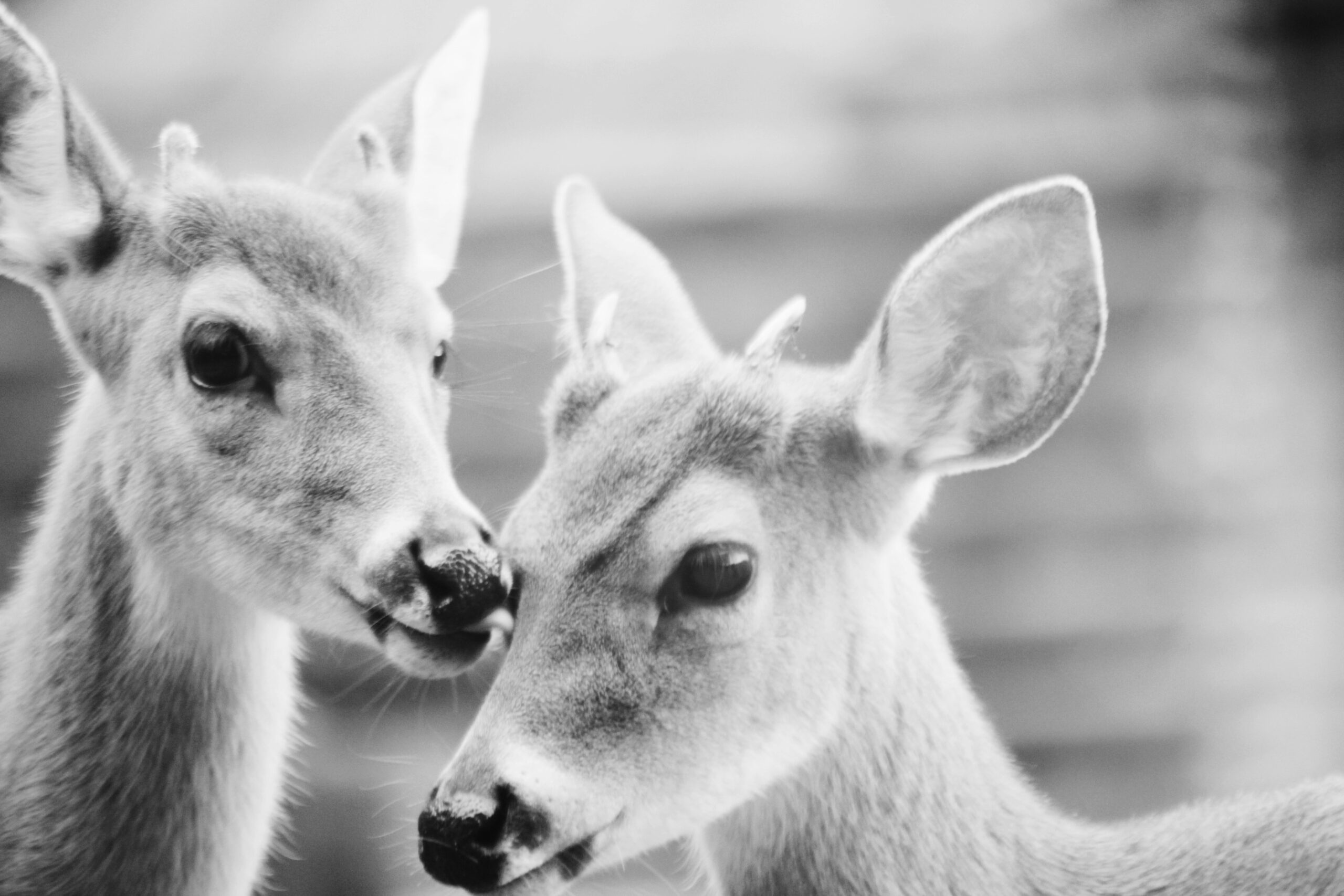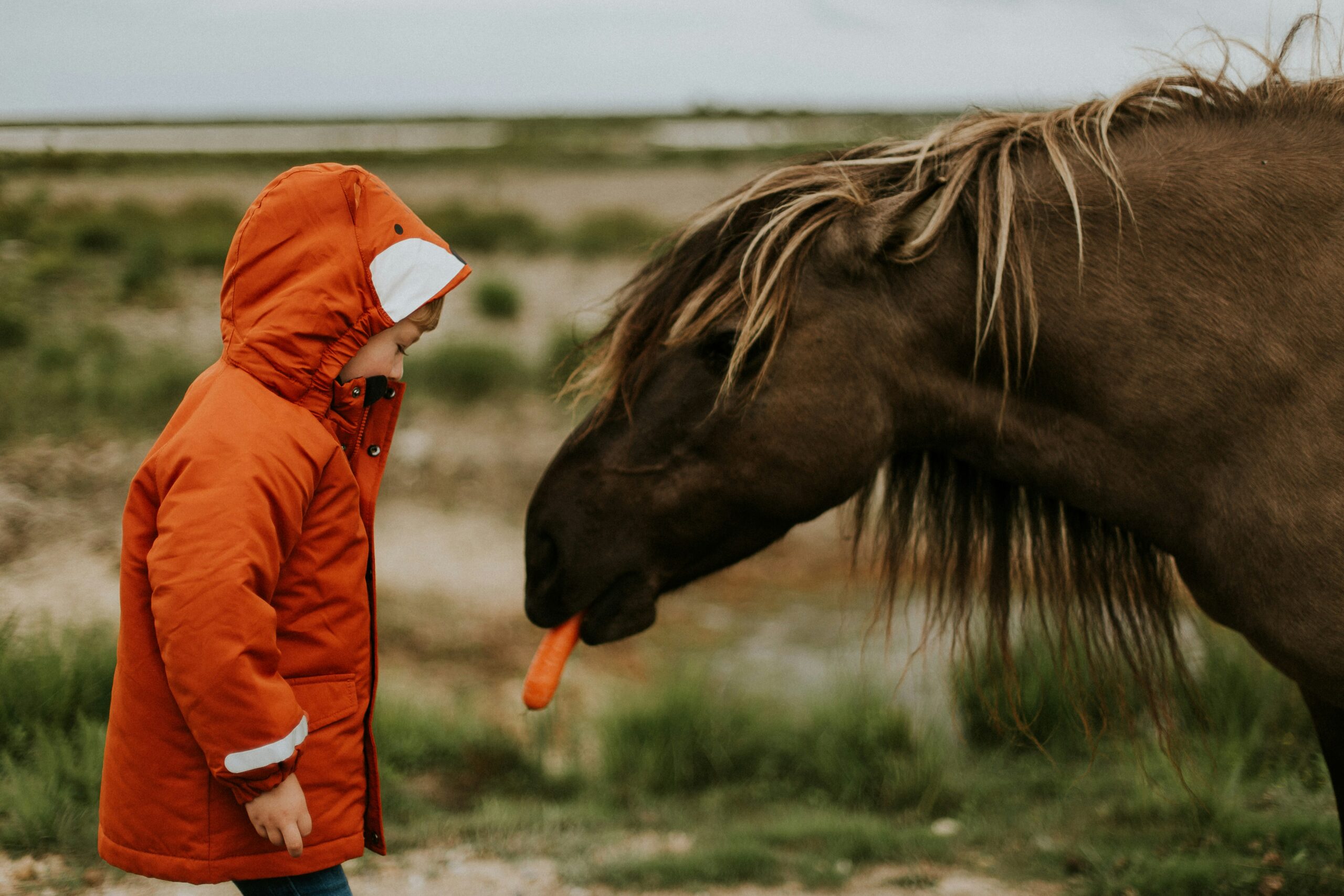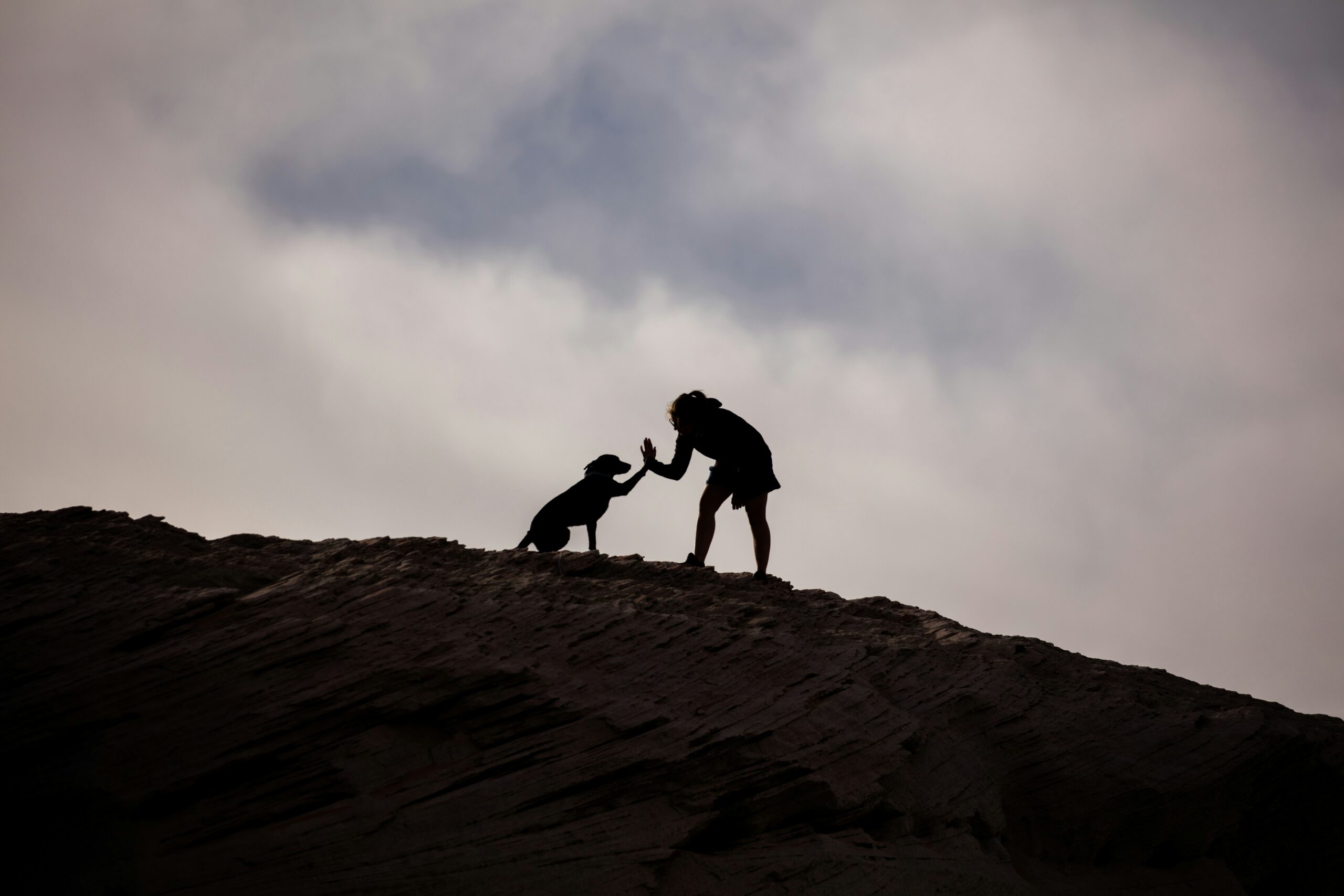Introduction
The relationship between humans and animals is one of the most enduring and multifaceted aspects of life on Earth. From the domestication of wolves into dogs to the modern-day companionship of pets, the bond between humans and animals has shaped cultures, economies, and ecosystems. This article explores the concept of harmony in coexistence, examining how humans and animals have forged partnerships that benefit both parties, the challenges that arise, and the ethical considerations that guide our interactions. Through historical, cultural, scientific, and ethical lenses, we delve into the profound connections that define this relationship and the potential for a balanced coexistence in the modern world.
Historical Context of Human-Animal Bonds
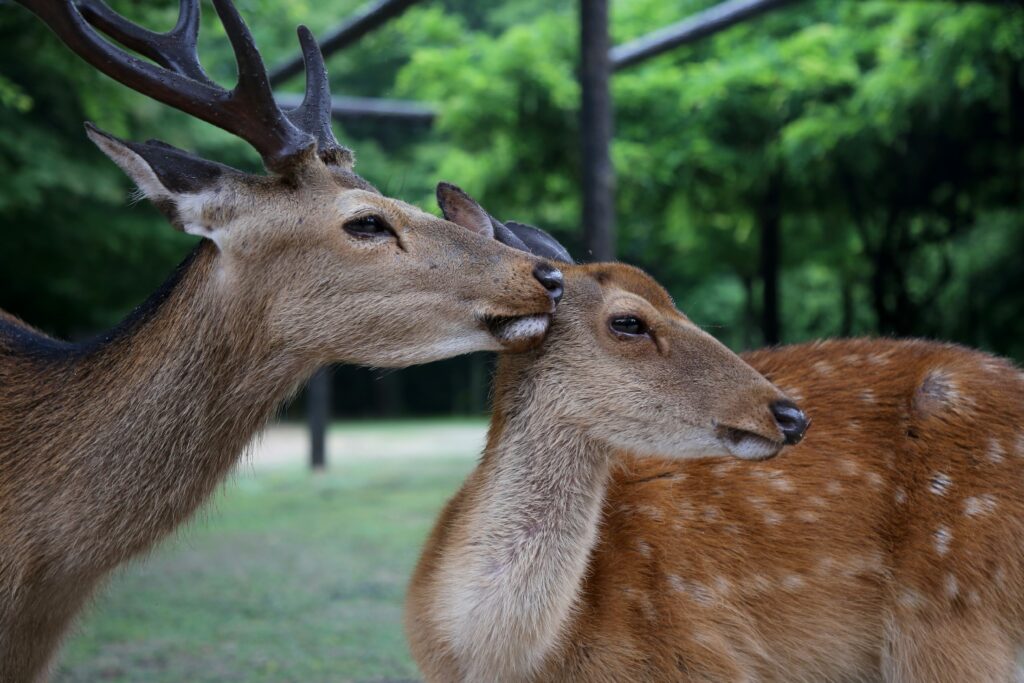
The story of human-animal relationships begins tens of thousands of years ago. Archaeological evidence suggests that humans started domesticating animals around 10,000 BCE, during the Neolithic Revolution. The domestication of dogs, likely the first animal to join human societies, marked a pivotal moment. Wolves, drawn to human settlements for food scraps, gradually evolved into dogs through selective breeding, becoming loyal companions and protectors. This mutual benefit—protection and companionship for humans, food and shelter for dogs—set the stage for a model of coexistence.
Other animals followed: cattle, sheep, goats, and horses were domesticated for food, labor, and transportation. These relationships were not merely utilitarian. In ancient Egypt, cats were revered, often associated with deities like Bastet, symbolizing protection and fertility. Similarly, in ancient India, cows were considered sacred, embodying nourishment and divine presence. These cultural practices highlight a deep respect for animals, viewing them as partners rather than mere resources.
However, harmony was not universal. In some societies, animals were exploited for labor or sacrificed in rituals, reflecting a complex balance between reverence and utility. The historical interplay of cooperation and exploitation continues to shape modern human-animal dynamics.
The Science of Connection
Scientific research has deepened our understanding of the human-animal bond. Studies in ethology and psychology reveal that animals, particularly mammals, share emotional and cognitive capacities with humans. For instance, dogs exhibit behaviors akin to human empathy, responding to their owners’ emotional cues. A 2016 study published in Science demonstrated that dogs process human facial expressions in a manner similar to humans, suggesting a co-evolutionary adaptation that fosters emotional connection.
Oxytocin, often called the “love hormone,” plays a significant role in this bond. When humans and dogs interact positively, such as through petting or eye contact, both experience a surge in oxytocin levels, mirroring the bonding process between human parents and children. This biochemical connection underscores why pets are often considered family members, providing emotional support and reducing stress.
Beyond pets, human interactions with wildlife also reflect a desire for harmony. Conservation efforts, such as those for endangered species like the giant panda or the African elephant, demonstrate a commitment to coexistence. These efforts often involve local communities working alongside animals, balancing human needs with ecological preservation. For example, in Kenya, community-based conservation programs employ locals as rangers, reducing poaching while providing economic benefits. Such initiatives illustrate how harmony can be achieved through mutual respect and shared goals.
Cultural Perspectives on Coexistence
Across cultures, animals hold diverse roles, from spiritual symbols to working partners. In Indigenous cultures, animals are often seen as kin, integral to spiritual and ecological balance. The Navajo, for instance, view animals as teachers, with stories of coyotes and eagles imparting wisdom. This perspective fosters a harmonious relationship where animals are respected as equals, not subordinates.
In contrast, modern Western societies often prioritize pets as companions. The American Pet Products Association reported in 2024 that 66% of U.S. households own a pet, with spending on pet care exceeding $100 billion annually. This reflects a cultural shift toward viewing animals as emotional partners, yet it also raises questions about commercialization, such as the ethics of breeding practices or the environmental impact of pet food production.
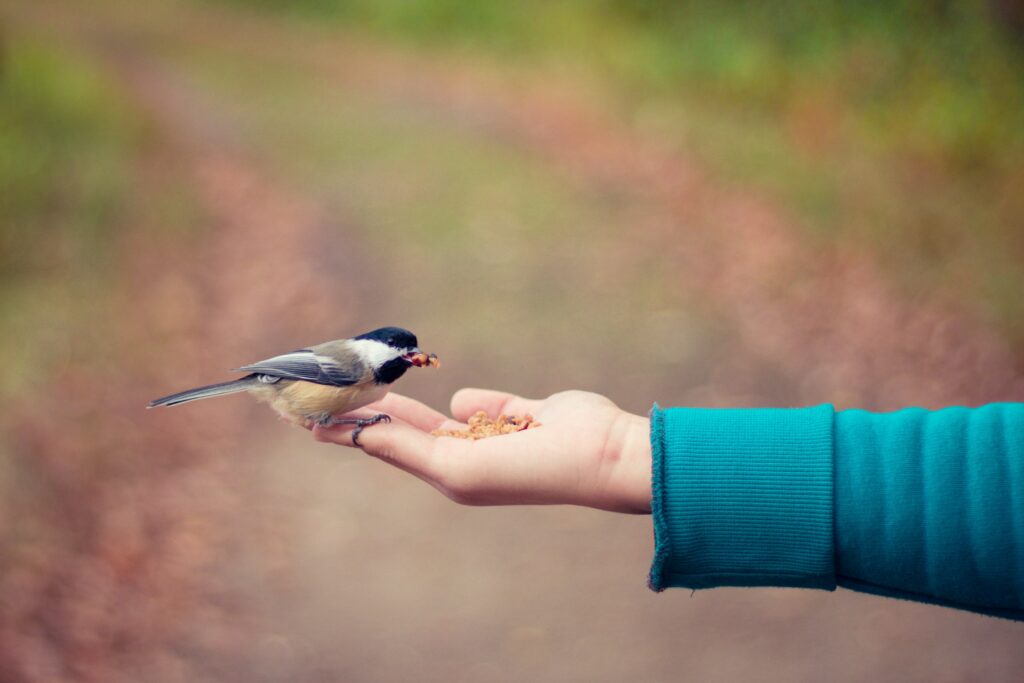
In Asia, particularly in Japan, the concept of mono no aware—an appreciation of the transient beauty of life—extends to animals. The practice of koi no sei (caring for koi fish) symbolizes harmony with nature, as these fish are nurtured for decades, reflecting a long-term commitment to coexistence. These cultural variations highlight the universal human desire to connect with animals, though the expression of this bond differs widely.
Ethical Challenges in Human-Animal Relations
While the idea of harmony is appealing, achieving it requires navigating ethical dilemmas. Factory farming, for instance, prioritizes efficiency over animal welfare, with billions of animals raised in confined conditions annually. The 2023 Global Animal Welfare Report estimates that over 70 billion land animals are slaughtered yearly for food, often under inhumane conditions. This practice clashes with the principle of coexistence, prompting movements like veganism and sustainable agriculture to advocate for more ethical treatment.
Similarly, the use of animals in research raises moral questions. While medical advancements owe much to animal testing, alternatives like computer modeling and cell cultures are gaining traction, reducing the need for animal suffering. The push for cruelty-free products reflects a growing awareness of animals’ capacity to suffer, challenging humans to rethink their role as stewards.
Wildlife conservation also presents ethical complexities. Human encroachment on habitats, driven by urbanization and agriculture, threatens biodiversity. The World Wildlife Fund reported in 2025 that global wildlife populations have declined by 68% since 1970. Efforts to restore harmony, such as rewilding projects, aim to balance human development with ecological health, but they often face resistance from economic interests.
The Role of Technology in Fostering Harmony
Technology offers innovative solutions to enhance human-animal coexistence. Wearable devices for pets, such as GPS collars, allow owners to monitor their animals’ health and location, strengthening the bond through care. In conservation, drones and satellite imagery help track wildlife populations, reducing human intrusion into sensitive habitats. For example, in the Amazon, drones monitor deforestation, aiding efforts to protect species like the jaguar.
Artificial intelligence also plays a role. AI-powered apps translate animal behaviors, such as a dog’s bark or a cat’s meow, into human-understandable signals, deepening communication. In agriculture, precision farming technologies reduce environmental impact, allowing for sustainable practices that benefit both humans and animals.
However, technology can disrupt harmony. The rise of industrial agriculture relies on automated systems that prioritize output over welfare, and social media can glorify exotic pet ownership, fueling illegal wildlife trade. Balancing technological advancements with ethical considerations is crucial for true coexistence.
Case Studies in Coexistence
The Elephant Sanctuaries of Thailand
In Thailand, elephant sanctuaries like the Elephant Nature Park provide a model for harmonious coexistence. These sanctuaries rescue elephants from logging and tourism industries, offering them a natural environment to thrive. Tourists learn about elephant behavior and contribute to conservation, fostering mutual respect. Since its founding in the 1990s, the park has rescued over 200 elephants, demonstrating how tourism can support animal welfare when guided by ethical principles.
Urban Wildlife Programs
Cities like Toronto have implemented urban wildlife programs to coexist with species like raccoons and coyotes. These programs educate residents on non-lethal management, such as securing trash bins to prevent conflicts. By integrating wildlife into urban planning, cities create spaces where humans and animals share environments harmoniously.
The Human-Dolphin Partnership in Brazil
In Laguna, Brazil, bottlenose dolphins and fishermen have developed a unique partnership. Dolphins herd fish toward shallow waters, signaling fishermen to cast nets. In return, the dolphins feed on fish that escape. This centuries-old practice, documented in a 2024 National Geographic study, exemplifies mutual benefit, with both species thriving through cooperation.
The Future of Human-Animal Coexistence
Looking ahead, fostering harmony requires addressing global challenges like climate change, which affects both humans and animals. Rising temperatures threaten habitats, forcing species like polar bears into closer contact with human settlements. Collaborative efforts, such as international agreements on conservation, are essential to mitigate these impacts.
Education will play a pivotal role. Teaching younger generations about animal welfare and ecological balance can cultivate empathy and responsibility. Programs like the Jane Goodall Institute’s Roots & Shoots engage youth in conservation projects, fostering a mindset of coexistence.
Policy changes are also critical. Stronger animal welfare laws, sustainable agriculture incentives, and habitat restoration funding can bridge the gap between human needs and animal rights. The European Union’s 2023 ban on battery cages for hens is a step toward ethical farming, setting a precedent for global reform.
Conclusion
Harmony in coexistence between humans and animals is both an ancient practice and a modern aspiration. From the earliest days of domestication to contemporary conservation efforts, this relationship has evolved through mutual dependence, cultural reverence, and scientific understanding. While challenges like industrialization and habitat loss persist, innovative solutions, ethical reflection, and cultural appreciation offer pathways to balance. By fostering empathy, leveraging technology, and prioritizing sustainability, humans can ensure that their bond with animals remains a source of mutual enrichment, creating a world where both thrive together.
